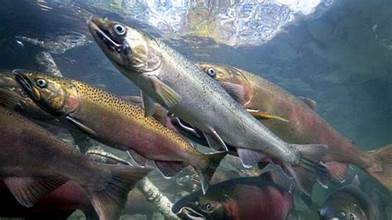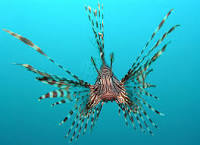Salmonids are a large family
True declines are actually very likely to become also much higher, because of a magazine predisposition in the direction of disclosing on waterways along with much higher biomass.
Main causes for the decrease are going to be actually one-of-a-kind to every populace as well as commonly because of a blend of variables that consist of environment reduction as well as destruction, stream control, over-exploitation, aquaculture as well as weather modify.
Freshwater ecosystems are actually one of the best endangered as well as degraded settings around the world. The technique our company make use of the property encompassing rivers may have actually wrecking effect on aquatic lifestyle.
Extreme vitamins and mineral bunches coming from horticulture may bring about dangerous algal flowers, which may choke rivers as well as bring about oxygen depletion, getting rid of fish.
Pollutants coming from chemicals, mining lose, oil as well as fuel development, as well as metropolitan regions may bring about lowered wealth as well as development, declines in hereditary variety as well as results on reproductive prospective.
Woodland getting rid of ruins flow environment through taking out tone as well as shelter-providing vegetations along flow financial institutions. Without this plant life, extreme debris could be cleaned right in to the flow, dental filling voids in between rocks as well as rocks as well as additional derogatory vital fish habitats as well as raising sprinkle temperature levels.
Individual task disrupting migrations
Several salmonid varieties are actually anadromous, definition they move coming from freshwater towards the ocean as well as go back to freshwater towards finish their life process. Grown-up salmon are going to go for a swim right in to the headwaters of streams towards generate, thus accessibility towards these habitats is actually necessary.
Dams as well as various other frameworks sever the path for several migratory fish as well as are actually probably the best notable disruption in stream ecosystems. Sixty-three percent of sizable waterways (over 1,000 kilometres) are actually no more hooked up all over their entire duration.



